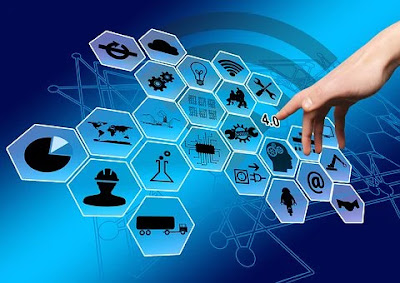The internet has had a huge impact on human life and contact, ranging from professional to social interactions.
The internet of things takes it a step further by allowing communication between small/smart devices, resulting in a hybrid setup of real and virtual items.
Interoperability refers to the capacity of disparate IoT devices and services to exchange data and make use of it once it has been changed. The majority of existing IoT efforts focus only on apps and objects that address a variety of criteria, while others focus on connection and interoperability.
This will have an impact on functionality, needless services, change management issues, and resource utilization opportunities.
As a result, IoT projects must have a greater emphasis on interoperability and connection, as well as security protocols that will allow desperate devices and services to join.
By enabling effective interoperability, IoT devices and services will be able to communicate more efficiently, delivering more capabilities and a wider range of options at a lower cost.
There are a number of factors that might contribute to poor interoperability and connection, including:
Poor data visualization and analysis—current IoT services provide minimal emphasis on data visualization and analysis, implying incalculable system insights.
Due to insufficiently molded semantics propagating a range of badly constructed semantics and unclear semantics for services, there are now no important criteria for appropriate service context definition in IoT services.
Lack of standardized service descriptions— At this time, competent principles are required for effective IoT device services, data descriptions, and information services.
In order to equip with adequate facts possession and demonstration of the IoT sector, an efficient integrating solution for heterogeneous IoT might benefit from integrated modeling techniques.
Poor device service categorization—IoT projects rely on device service categorization to categorize device services. If an examination is prepared for a service or device identification, a new path service organization must be established to offer accommodations such as dynamic innovation services.
